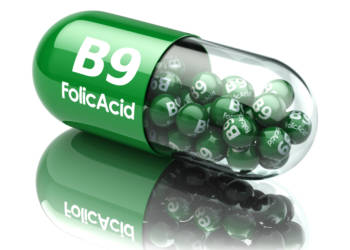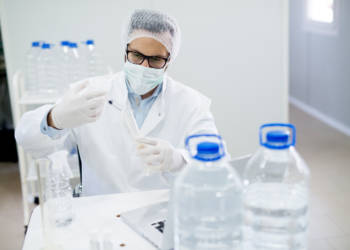Latest research

We have our own projects, but we collaborate and work with customers too. This usually involves feasibility studies to tailor a custom made solution for specific scientific requirements. We are happy to provide costs to your project and feasibility studies into alternative materials. These can be the investigation of other compositions, particle size, suspensions, surface coatings and different morphologies.
More Researches
Novel Technologies

Vitamins and Supplements in Chocolate… novel formulation into something for children…we are close to cracking this, and this will be out soon in the Children’s Range, along with Gummies and Melts, and the chewable tablets.
Target Cancer

Target Cancer… we are researching the ways cancer feeds itself, and how we can provide nutrition to benefit people in pre and post cancer therapies. Breakthroughs are made all the time in the fight against cancer.
Antibody Development

We are looking at Vitamin E supplementation that enhances cell medicated immunity in healthy elderly subjects. Vitamin C and E possible enhance cytokine production in healthy adults, by peripheral blood mononuclear cells.
Bacteria Retention

Acidophilus & ‘friendly bacteria’, we are looking at exposing the truth. Fact that it works, or a placebo effect, that it does not. Should they be stored in a refrigerated condition in order to keep them alive? We are investigating!
Extractable studies

Extractables and leachables (E/L) studies are critical to the identification and quantification of harmful leachable impurities which could migrate from pharmaceutical container closure systems, process equipment and packaging to contaminate pharmaceutical products.
Bacterial Viability

Our Bacterial viability assay kit utilizes two highly-specific, ultrasensitive fluorescent reagents to quickly and easily assess the percentage of live and dead cells within a bacterial culture. The total cell stain is permeant to all cells and thus all bacteria within the culture will be stained allowing the total number to be calculated. The dead cell stain is ‘inpermeant’ to living cells and as such will only be able to enter and stain dead cells; this allows the number of dead cells to be calculated. The ratio of dead to live cells can then be quickly and easily calculated.
Chromatography tests

Expert chromatography laboratory analysis from our state of the art facilities, for quantifying and identifying substances and compounds. Our chromatography laboratories offer routine and advanced analytical testing, with detection levels down to ‘ultra trace-levels’. A diverse array of materials and products are tested by chromatographic techniques on a research and feasibility study basis, through the chromatography and molecular separations chemistry laboratory. Chromatography analysis applies molecular separations analytical techniques, allowing identification of sample molecular components.
Flow filtration

In Protein purification crossflow filtration (also known as tangential flow filtration) is a type of filtration (a particular unit operation). Crossflow filtration is different from dead-end filtration in which the feed is passed through a membrane or bed, the solids being trapped in the filter and the filtrate being released at the other end. Cross-flow filtration gets its name because the majority of the feed flow travels tangentially across the surface of the filter, rather than into the filter.[1] The principal advantage of this is that the filter cake (which can blind the filter) is substantially washed away during the filtration process, increasing the length of time that a filter unit can be operational. It can be a continuous process, unlike batch-wise dead-end filtration.
This type of filtration is typically selected for feeds containing a high proportion of small particle size solids (where the ‘permeate’ is of most value) because solid material can quickly block (blind) the filter surface with dead-end filtration. Industrial examples of this include the extraction of soluble antibiotics from ‘fermentation liquors’.
Toxication tests

Toxicity is the degree to which a substance can damage an organism. Toxicity can refer to the effect on a whole organism, such as an animal, bacterium, or plant, as well as the effect on a substructure of the organism, such as a cell (cytotoxicity) or an organ such as the liver (hepatotoxicity). A central concept of toxicology is that the effects of a toxin are dose-dependent; even water can lead to water intoxication when taken in too high a dose, whereas for even a very toxic substance such as snake venom there is a dose below which there is no detectable toxic effect. Toxicity is species-specific, making cross-species analysis problematic. Newer paradigms and metrics are evolving to bypass animal testing, while maintaining the concept of toxicity endpoints. Access to state of the art equipment helps us research in this area.

